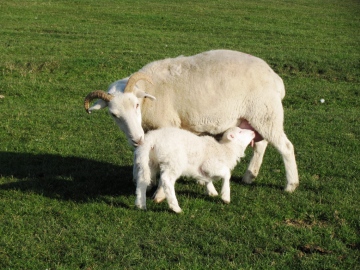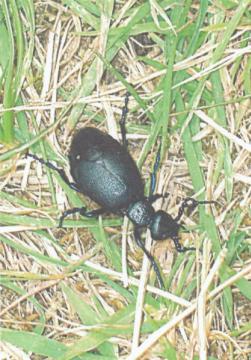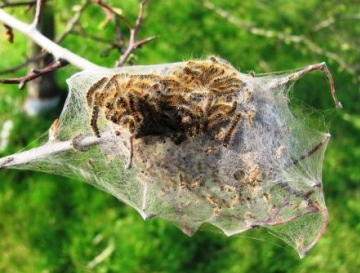There are lots of sheep at Blue House at the moment. And lambs. Lively lambs, full of bounce and inquisitiveness born of innocence. So trusting. Perhaps they are dumb after all! Domesticated sheep need a good deal of TLC at this time of year. This is not because of the way they have evolved but because of the way they have been bred. For instance, ewes have a habit of rolling on to their backs and then find they can’t get upright again. If they remain too long in this position gases build up in their bodies that eventually kill them. A shepherd once told me that modern sheep are prone to this mishap because they have been bred to have broader backs; broader backs making better lamb chops! Mind you, it was April 1st when he told me this so he could have been pulling my leg. It is all too believable though! A more likely reason is that so many ewes carry twin lambs nowadays they become particularly rotund; indeed triplets are not uncommon, which is a bit unfair on both mother and young as she has only two teats. The current high price for lamb in this commodity driven age ensured the weakest gets the extra help it needs though.
Wikkipedia informs me that animal behaviourists have discovered that sheep can recognize individual human as well as fellow flock member’s faces and can remember them for years. They can also differentiate emotional states through facial characteristics while within flocks they tend to congregate in family related groups. With patience a sheep will also learn to recognize its name but it is to be sincerely hoped that those at Blue House do not recognize some of the names the reserve stockman calls them! There is even anecdotal evidence from Yorkshire of sheep problem solving by learning to negotiate a cattle grid by rolling over on their backs. Aggression is not something that one normally associates with sheep but apparently there are bully boys in flocks, just as there are in human society, and these often attain dominance. Icelandic sheep are renowned for their high levels of aggression, especially ewes with young lambs, a fact to which I can bear testimony through personal experience during a cycling holiday some years ago. I was standing astride my bike, looking at something in the sky (a Gyr Falcon as it turned out) when I was suddenly catapulted backwards down a steep gravelly slope. An outraged ewe followed me down and began head butting my shins so I scrambled hastily to my feet and skedaddled out of the immediate area. The ignominy of the situation remains with me still. Mind you, having read the Icelandic sagas the behaviour of their sheep should have come as no surprise to me; indeed, the saga of Shaun Bloody Horn is probably tucked away among them somewhere.
The picture shows a Wiltshire Longhorn and lamb. This rare breed variety has a self-shedding fleece and later in the spring they have a distinctly woebegone look to them, the fleece hanging off in large tufts, a sight which often alarms visitors but is perfectly normal. A wild sheep that couldn't shed its fleece in summer would be in big trouble.
Enough about sheep! Spring is back on hold. The high pressure system that gave us two weeks of warm sunny weather has now shifted into the Atlantic and we find ourselves on the 'wrong' side of it, northerly winds having replaced the previously mild south-westerlies. Chilly days and cold nights! On past experience we could be trapped for two or three weeks of such weather.
A few exceptionally early spring migrants have been reported this week including a Cuckoo at Writtle on 2nd, Reed Warbler at Bradwell on 3rd, a Hobby and Tree Pipit at Blue House Farm on 5th and a Common Redstart, also at Bradwell, on 7th but passage generally has been at a low ebb despite the recent fine weather. A bonus for me was a superb Red Kite at Writtle Park on 2nd, one of the last breeding sites in Essex (they were shot by gamekeepers in 1845!) and hopefully soon to follow its fellow raptor, the Buzzard, back to this area.
Insects do not seem to think much of the northerly winds, particularly butterflies, but I did see my first Green-veined White of the year at Margaretting Tye on 6th. There was also a belated report of over 100 Black Oil Beetles counted along a one kilometre stretch of seawall between Coate and Bridgewick Outfalls on the Dengie coast during March's hot weather, a truly astonishing number of this scarce species.
The dormant webs of Brown-tailed Moths are also coming back to life as the caterpillars emerge from their winter hibernation and begin feeding again. The hairs can cause painful skin rashes or breathing problems in some people but Cuckoos gorge on them with no ill-effects. That was in the past, though; there are now far fewer Cuckoos and far more Brown-tails and - once really common only along the coast - they have now spread to most inalnd parts of Essex.





















